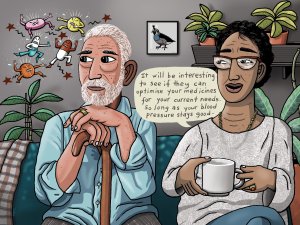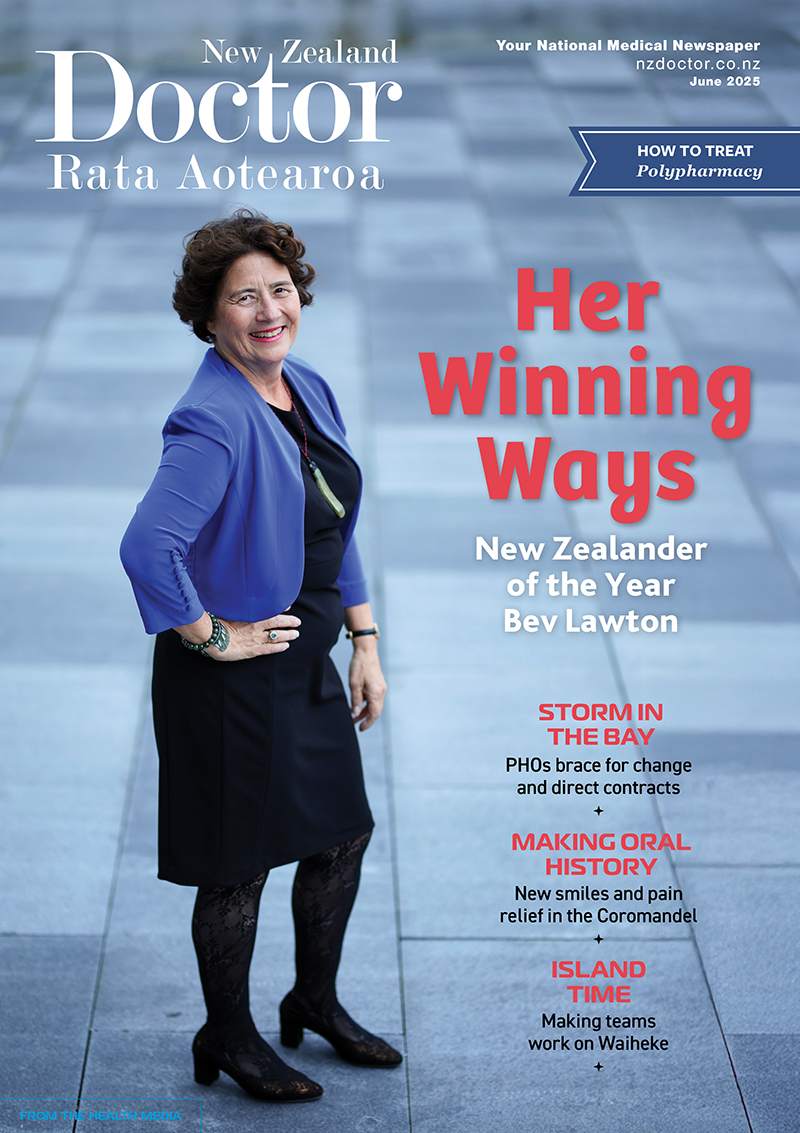For older people and frail people, the long-term benefit of medicines reduces and the potential for harm from adverse effects increases. When the benefit–risk balance changes in this way, medicine review and optimisation are important to simplify the therapeutic regimen, reduce inappropriate medicines and minimise risks. In this article, pharmacist prescriber Linda Bryant uses two case studies to illustrate important considerations during medicine reviews
Unravelling the link between occupational inhalants and rheumatoid arthritis
Unravelling the link between occupational inhalants and rheumatoid arthritis

Occupational health expert David McBride looks at the association between occupation and rheumatoid arthritis, and highlights the lung as an initial site of inflammation and autoimmunity
Kia ora and welcome to New Zealand Doctor Rata Aotearoa
Not a subscriber? Unlock this article by subscribing here.
1. Appelboom T. Hypothesis: Rubens--one of the first victims of an epidemic of rheumatoid arthritis that started in the 16th-17th century? Rheumatology (Oxford) 2005;44(5):681–83.
2. Morotti A, Sollaku I, Franceschini F, et al. Systematic review and meta-analysis on the association of occupational exposure to free crystalline silica and rheumatoid arthritis. Clin Rev Allergy Immunol 2021; 2 March online.
3. Mehri F, Jenabi E, Bashirian S, et al. The association between occupational exposure to silica and risk of developing rheumatoid arthritis: A meta-analysis. Saf Health Work 2020;11(2):136–42.
4. Snorrason E. Rheumatoid arthritis and occupation. Acta Med Scand 1951;140(5):355–58.
5. Ilar A, Alfredsson L, Wiebert P, et al. Occupation and risk of developing rheumatoid arthritis: Results from a population-based case-control study. Arthritis Care Res (Hoboken) 2018;70(4):499–509.
6. Prisco LC, Martin LW, Sparks JA. Inhalants other than personal cigarette smoking and risk for developing rheumatoid arthritis. Curr Opin Rheumatol 2020;32(3):279–88.



